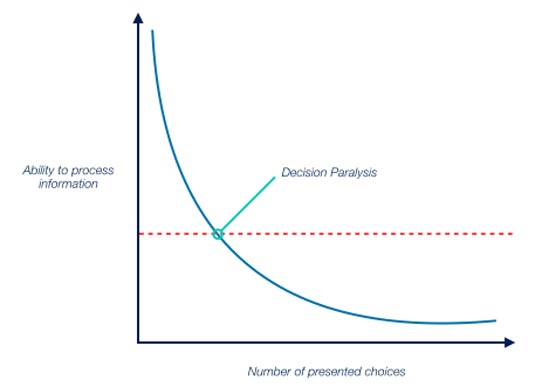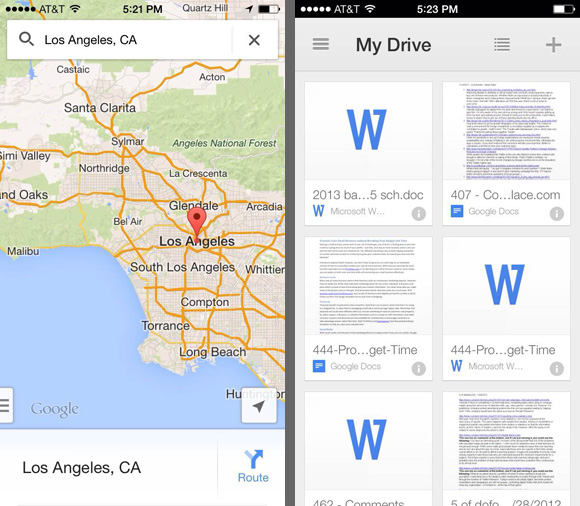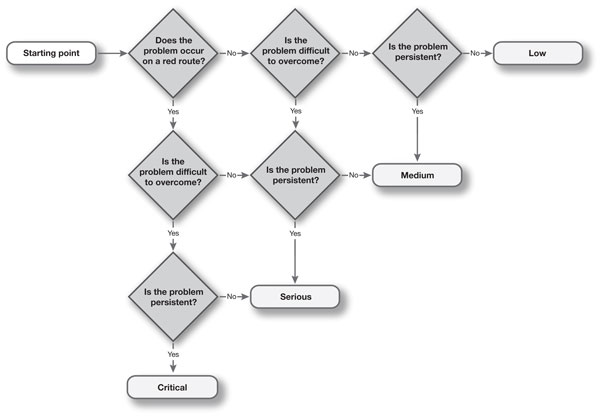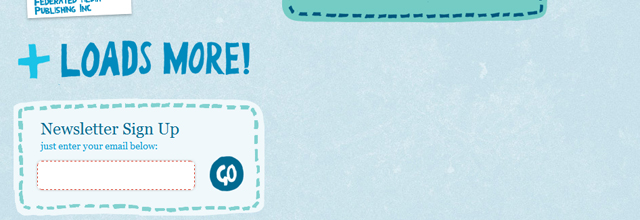Back in the early days of PC computing, we were interested in how people used all those options, controls, and settings that software designers put into their applications. How much do users customize their applications?
We embarked on a little experiment. We asked a ton of people to send us their settings file for Microsoft Word. At the time, MS Word stored all the settings in a file named something like config.ini, so we asked people to locate that file on their hard disk and email it to us. Several hundred folks did just that.
We then wrote a program to analyze the files, counting up how many people had changed the 150+ settings in the applications and which settings they had changed.
What we found was really interesting. Less than 5% of the users we surveyed had changed any settings at all. More than 95% had kept the settings in the exact configuration that the program installed in.
This was particularly curious because some of the program’s defaults were notable. For example, the program had a feature that would automatically save your work as edited a document, to prevent losing anything in case of a system or program failure. In the default settings for the version we analyzed, this feature was disabled. Users had to explicitly turn it on to make it work.
Of course, this mean that 95% of the users were running with autosave turned off. When we interviewed a sample of them, they all told us the same thing: They assumed Microsoft had delivered it turned off for a reason, therefore who were they to set it otherwise. “Microsoft must know what they are doing,” several of the participants told us.
We thought about that and wondered what the rationale was for keeping such an important feature turned off. We thought that maybe they were concerned about people running off floppies or those who had slow or small disks. Autosave does have performance implications, so maybe they were optimizing the behavior for the worst case, assuming that users who had the luxury to use the feature would turn it on.
We had friends in the Microsoft Office group, so we asked them about the choice of delivering the feature disabled. We explained our hypothesis about optimizing for performance. They asked around and told us our hypothesis was incorrect.
It turns out the reason the feature was disabled in that release was not because they had thought about the user’s needs. Instead, it was because a programmer had made a decision to initialize the config.ini file with all zeroes. Making a file filled with zeroes is a quick little program, so that’s what he wrote, assuming that, at some point later, someone would tell him what the “real defaults” should be. Nobody ever got around to telling him.
Since zero in binary means off, the autosave setting, along with a lot of other settings, were automatically disabled. The users’ assumption that Microsoft had given this careful consideration turned out not to be the case.
We also asked our participants for background information, like age and occupation, to see if that made a difference. It didn’t, except one category of people who almost always changed their settings: programmers and designers. They often had changed more than 40% (and some had changed as much as 80%) of the options in the program.
It seems programmers and designers like to customize their environment. Who would’ve guessed? Could that be why they chose their profession?
(Big takeaway: If you’re a programmer or designer, then you’re not like most people. Just because you change your settings in apps you use doesn’t mean that your users will, unless they are also programmers and designers.)
We’ve repeated this experiment in various forms over the years. We’ve found it to be consistently true: users rarely change their settings.
If your application has settings, have you looked to see what your users do? How many have changed them? Are the defaults the optimal choice? Does your settings screen explain the implications of each setting and give your users a good reason for mucking with the defaults?
via Do users change their settings? » UIE Brain Sparks.






Reply
You must be logged in to post a comment.